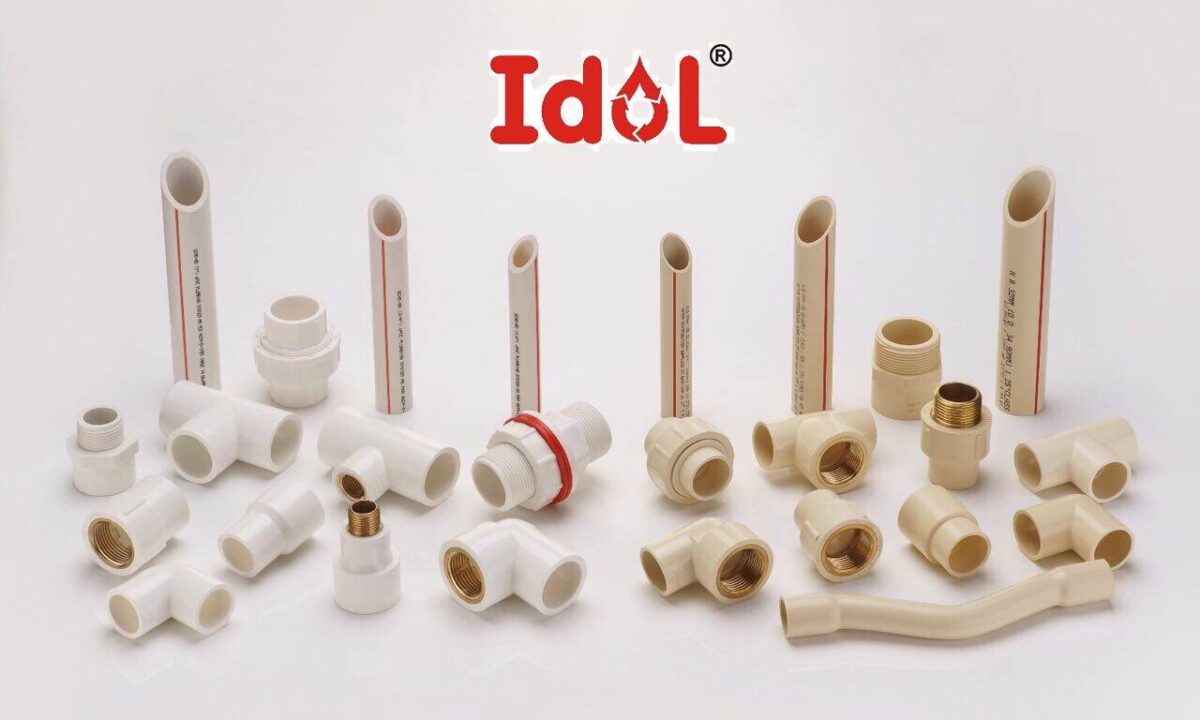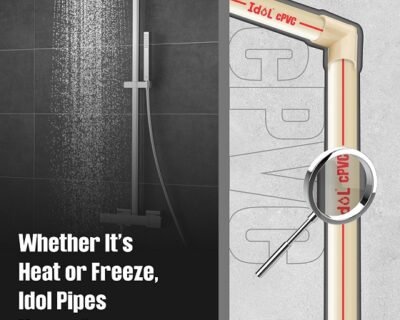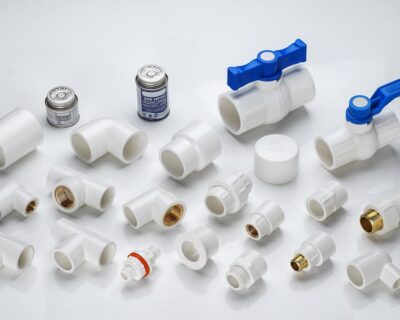Updates

Pipe Fittings: A Guide to Choosing the Right Fittings for Your Project
Pipe fittings are a crucial component of any piping system, allowing you to connect, redirect, and control the flow of fluids and gases. With so many types of fittings available, choosing the right ones for your project can be overwhelming. In this guide, we’ll break down the basics of pipe fittings and provide you with the knowledge you need to make informed decisions.
Understanding Pipe Fittings
Pipe fittings are used to connect pipes, change direction, and regulate flow. They come in various materials, including PVC, copper, stainless steel, and more. Each material has its own strengths and weaknesses, and the right choice will depend on your specific project requirements.
Types of Pipe Fittings
1. Elbows: Used to change the direction of pipes, elbows come in various angles, including 90-degree and 45-degree bends.
2. Tees: Used to connect three pipes, tees can be used to create branch lines or merge two pipes into one.
3. Couplings: Used to connect two pipes, couplings are essential for extending pipes or repairing damaged sections.
4. Adapters: Used to connect pipes of different sizes or materials, adapters provide a versatile solution for complex piping systems.
5. Valves: Used to control the flow of fluids and gases, valves come in various types, including ball valves, gate valves, and check valves.
Factors to Consider When Choosing Pipe Fittings
1. Material compatibility: Ensure the fittings are compatible with the pipe material and the fluid or gas being transported.
2. Pressure rating: Choose fittings that can withstand the pressure requirements of your project.
3. Size and dimension: Ensure the fittings match the pipe size and dimension to avoid leaks and other issues.
4. Corrosion resistance: Consider the corrosion resistance of the fittings, especially in applications where they will be exposed to harsh environments.
Best Practices for Installing Pipe Fittings
1. Follow manufacturer instructions: Always follow the manufacturer’s instructions for installation and maintenance.
2. Use proper tools and techniques: Use the right tools and techniques to avoid damaging the fittings or pipes.
3. Test the system: Test the piping system to ensure there are no leaks or other issues.
By understanding the different types of pipe fittings and considering the factors mentioned above, you’ll be able to choose the right fittings for your project and ensure a safe and efficient piping system. Whether you’re a seasoned professional or a DIY enthusiast, this guide has provided you with the knowledge you need to make informed decisions.
Conclusion
Choosing the right pipe fittings is crucial for the success of your project. By considering the material, type, and size of the fittings, as well as the pressure rating and corrosion resistance, you’ll be able to create a reliable and efficient piping system. Remember to follow best practices for installation and maintenance to ensure the longevity of your piping system.
Read more: Idol Pipe: Ensuring Quality with ISI-Approved CPVC Fittings




